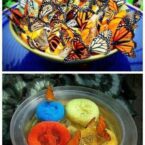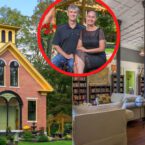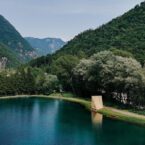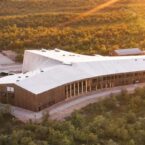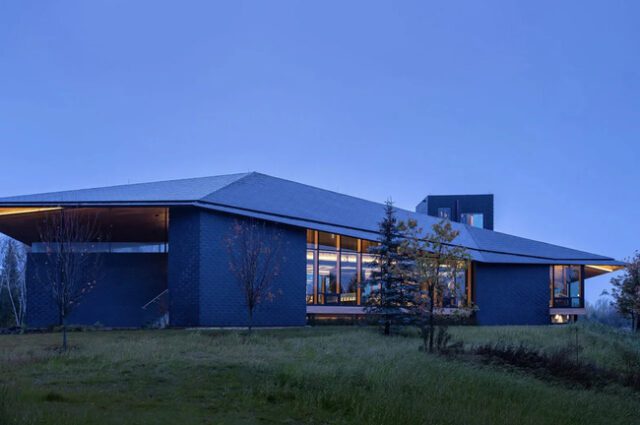
Nestled deep in the Ontarian forest, the Forest Retreat is a striking family home designed by Kariouk Architects, epitomizing tranquility and ecological harmony. Surrounded by nature year-round, this serene abode seamlessly integrates with its lush environment, featuring exquisite trails and creeks that enhance its ‘Canadian homestead’ charm. This retreat, built from local materials with a focus on craftsmanship, offers a spacious open-plan design where family and friends can immerse themselves in the beauty of the outdoors. With its strong connection to the land, the home reflects a deep respect for the Canadian identity and its historical relationship with nature. The architects emphasized this bond through the use of responsibly sourced materials and energy-efficient systems, ensuring that the home remains environmentally friendly.
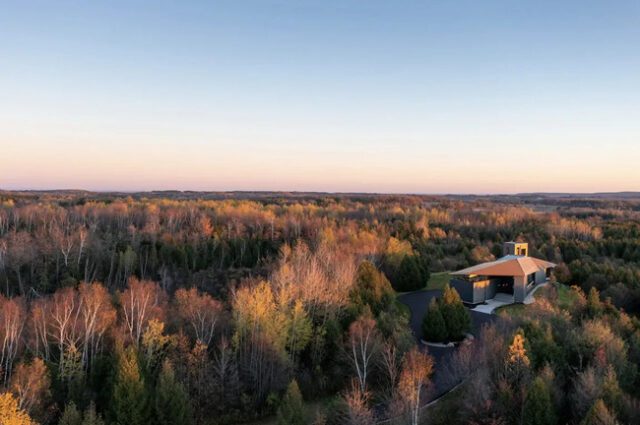
Perched on a 100-acre property, the Forest Retreat enjoys a diverse topography of meadows, rocky outcrops, and wetlands. Constructed on a rocky outcrop to preserve the surrounding trees, the house features a distinctive copper-clad roof that spans 60 meters, mimicking the undulating contours of the landscape. Its open-plan layout includes a raised mezzanine with children’s rooms accessible via a catwalk. The roof’s tent-like form and extensive glazed walls provide uninterrupted views of the surrounding forest. Inside, the home boasts handcrafted elements such as shingled paneling, staircases, and cabinetry, made by local woodworkers. These custom fittings and fixtures imbue the space with a sense of wholesomeness and soulfulness, as the architects aimed to create a home that is both visually and emotionally harmonized with its natural surroundings.
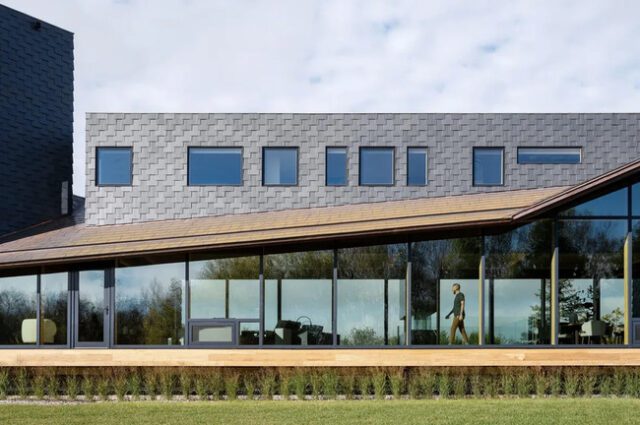
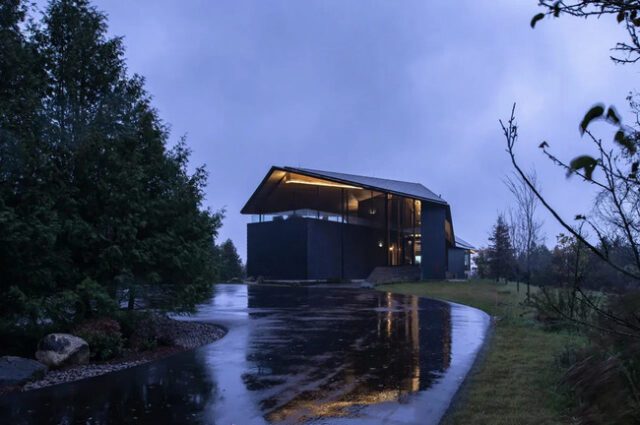
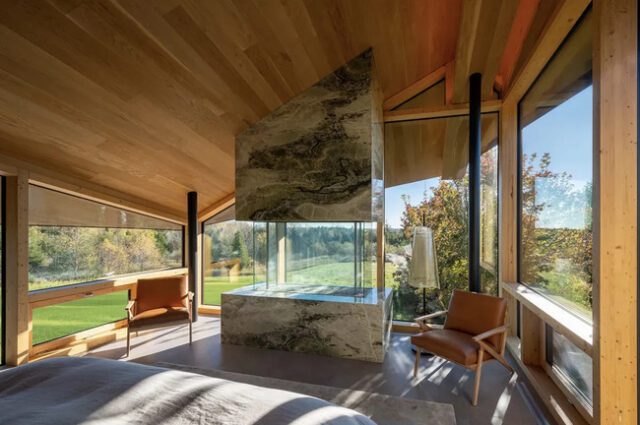
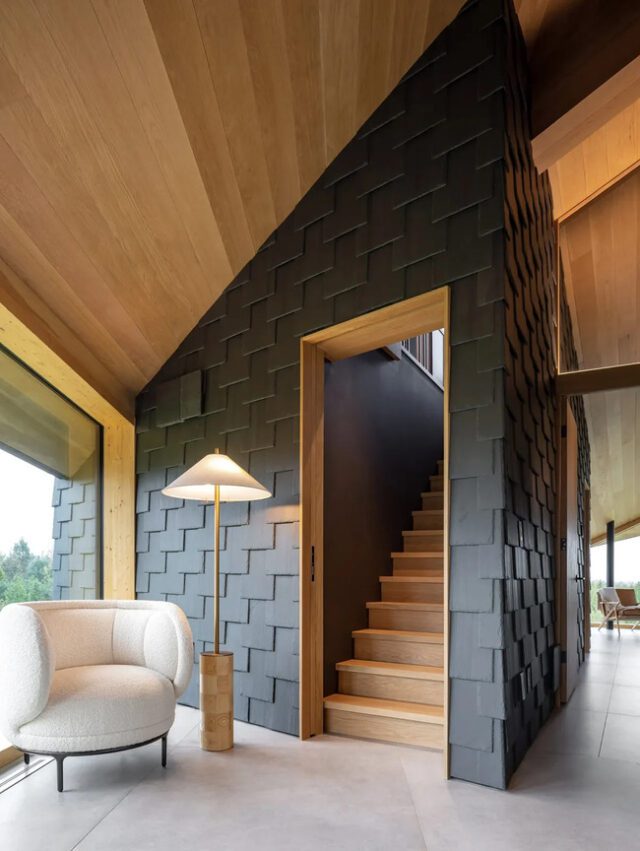
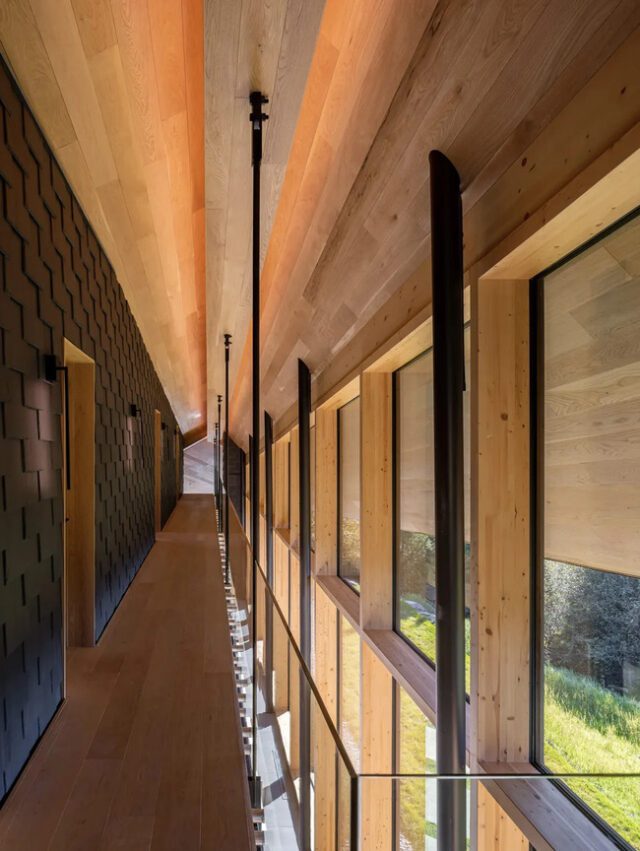
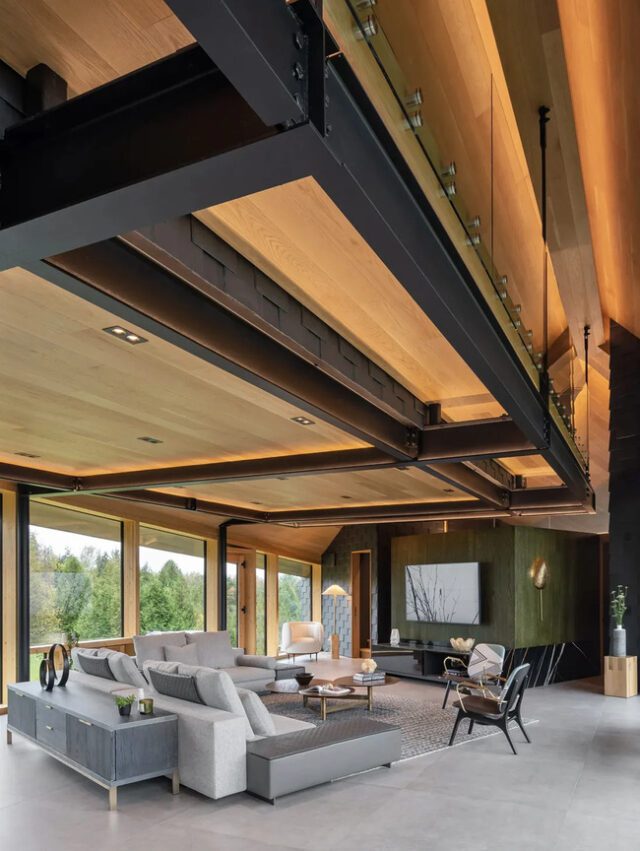
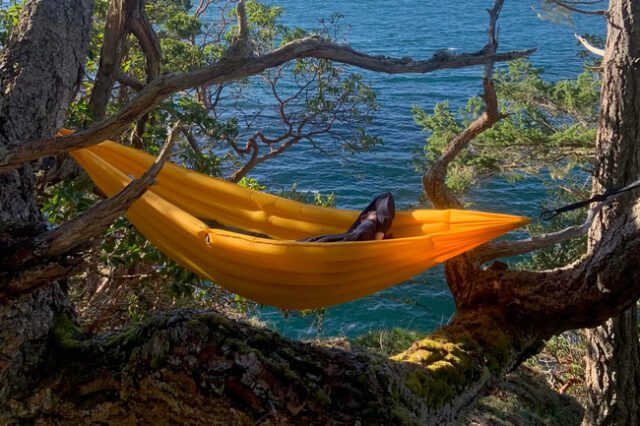
The Atmos inflatable hammock is a novel solution designed to keep users warm by utilizing an insulated air gap, which eliminates the need for additional bulky items like sleeping pads or under quilts. When someone sleeps in a traditional hammock, the thin fabric offers little insulation against the cold air beneath, often leading to an uncomfortable night. To counter this, campers usually resort to carrying extra insulating gear, which adds to their load. Continue reading “Inflatable Hammock Uses an Insulated Air Gap to Keep Users Warm” »
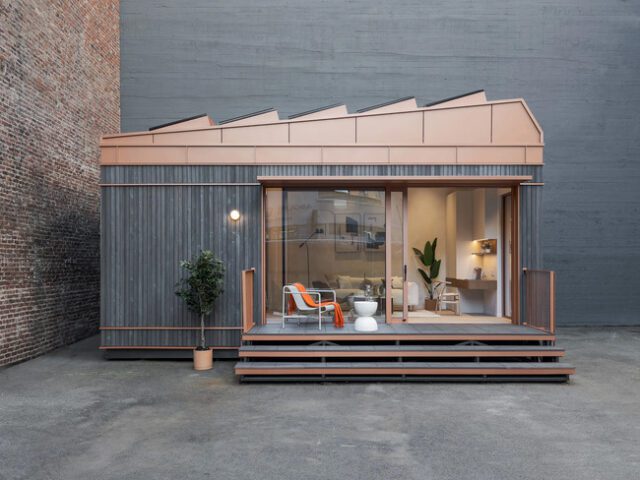
The Cosmic One is a solar-powered microhouse that redefines the concept of compact living by offering luxurious home comforts in a small footprint. Available in various configurations, this prefabricated microhouse can function as an accessory dwelling unit (ADU), a tiny house, or a full-time family home. The smallest model, showcased as a show home, measures 380 sq ft (35.3 sq m) and is designed more like an ADU than a typical tiny house. Continue reading “Solar-Powered Micro House Doesn’t Skimp on Home Comforts” »

The Terra m2_Tiny House on Wheels by Portuguese woodworking specialist MadeiGuincho is a remarkable follow-up to the Terra m1, demonstrating an innovative approach to maximizing space in tiny living. Built on a double-axle trailer with a length of just 5 meters (16.4 feet), this little home is cleverly clad in wood and cork, materials that are both sustainable and excellent for insulation. The interior layout is ingeniously spread over three levels, enhancing the use of space and adding to the home’s unique charm. Upon entering, visitors are greeted by a compact kitchen equipped with essential amenities, followed by steps leading up to a cozy living area with ample seating. Conversely, descending from the kitchen leads to the bedroom, which features a double bed and abundant storage, ensuring a comfortable and practical living experience.
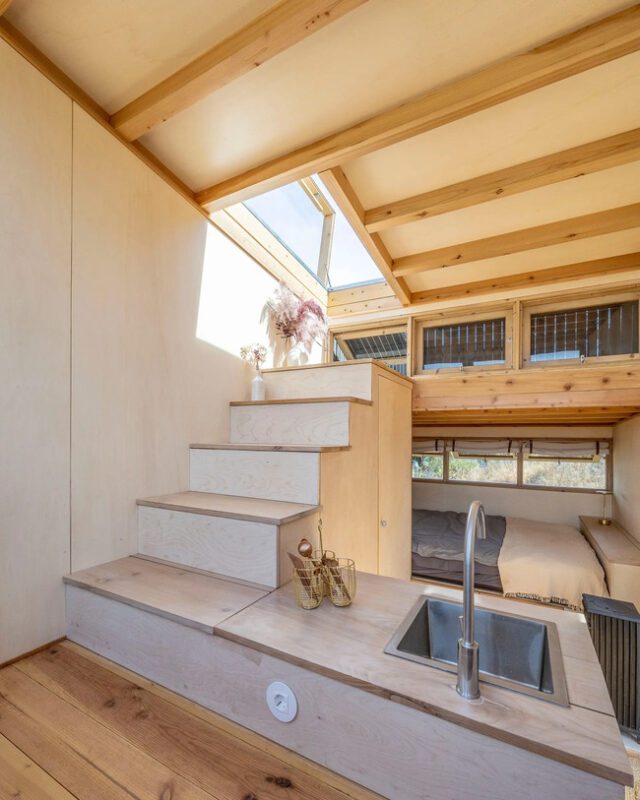
Maintaining MadeiGuincho’s signature rustic and warm aesthetic, the Terra m2_Tiny House on Wheels is bathed in natural light, thanks to its generous glazing. This feature not only creates an inviting atmosphere but also connects the indoors with the outdoors seamlessly. The kitchen level also houses a bathroom with a toilet and shower, along with a secondary door that opens directly to an exterior deck, effectively expanding the living space. The living area includes storage-integrated stairs leading to a skylight and a small rooftop terrace, offering breathtaking views of the Alentejo region. This combination of smart design and sustainable materials makes the Terra m2 a perfect retreat for couples and individuals looking to enjoy short vacations in a stylish and efficient tiny house.
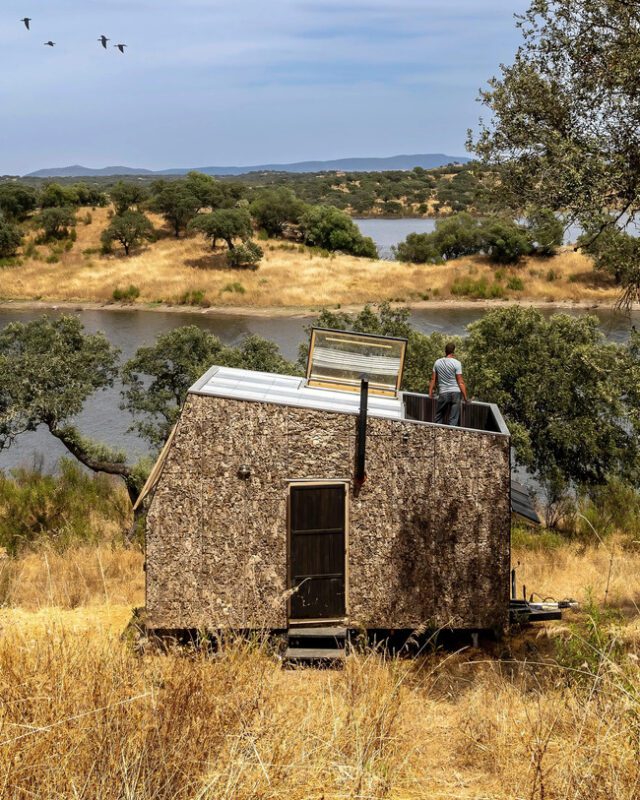
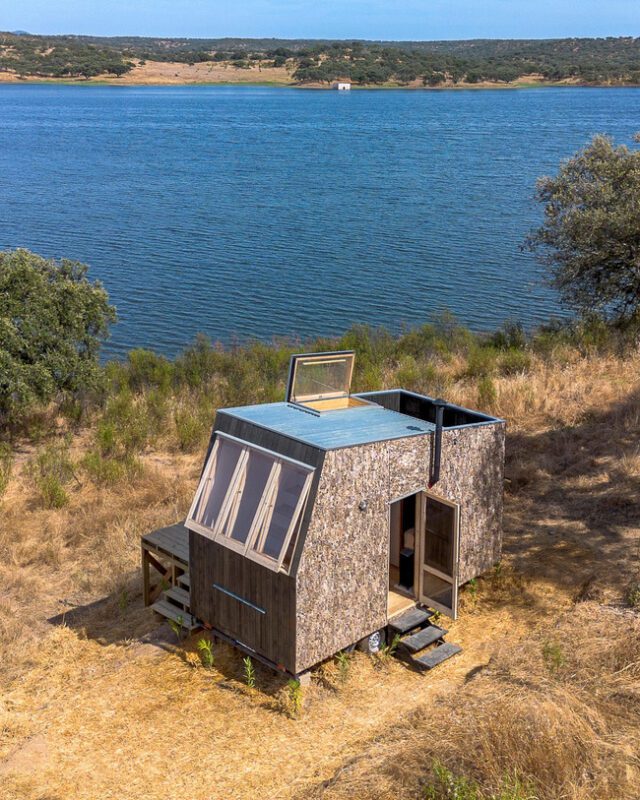
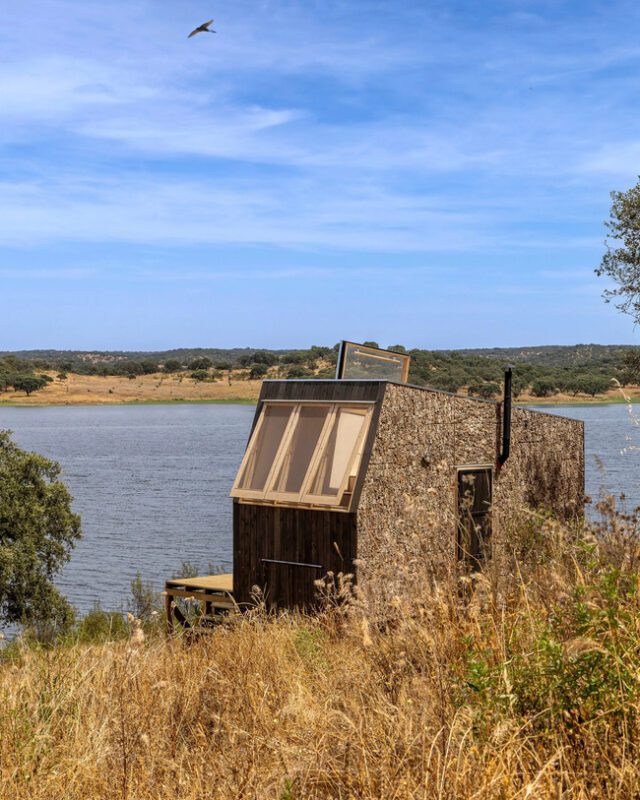
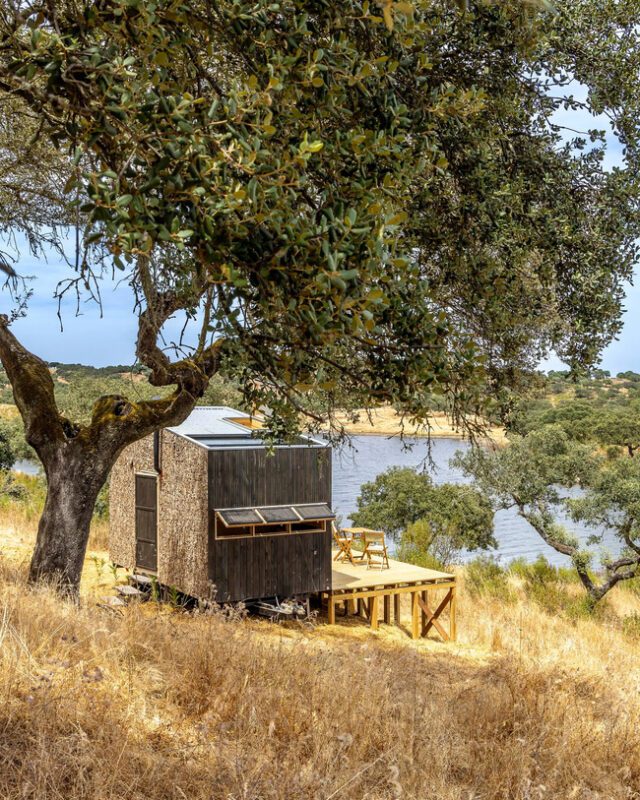
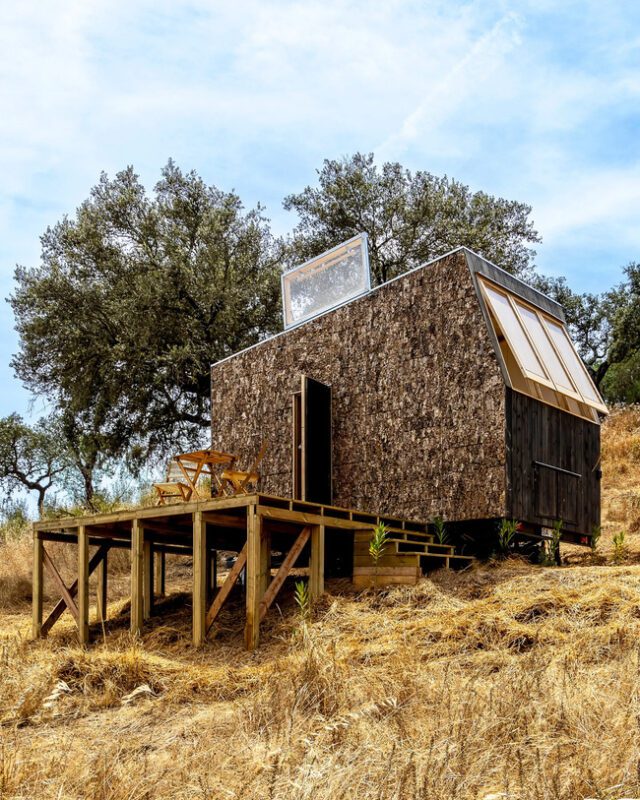
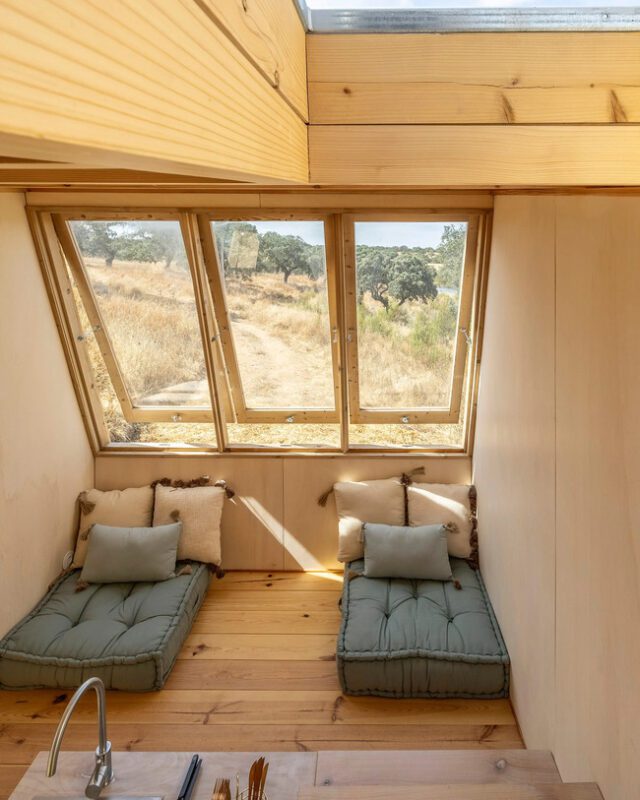
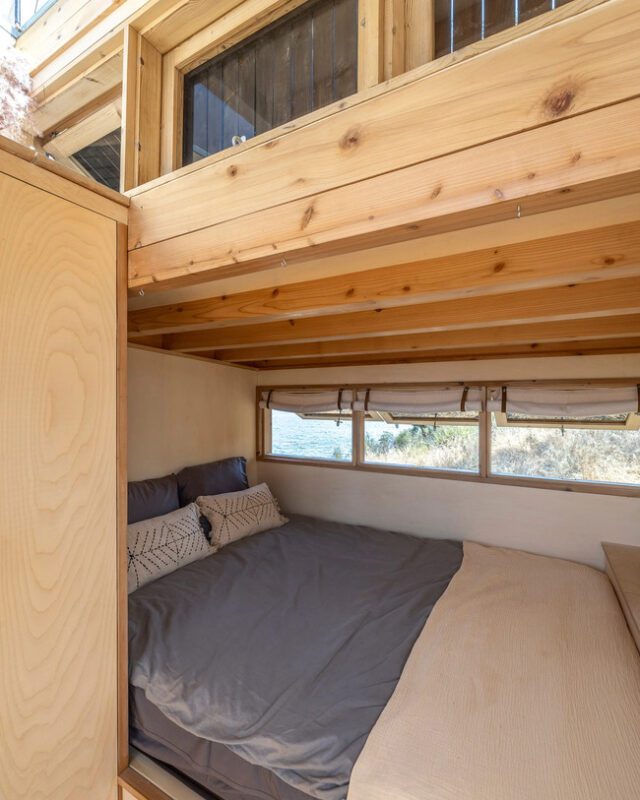
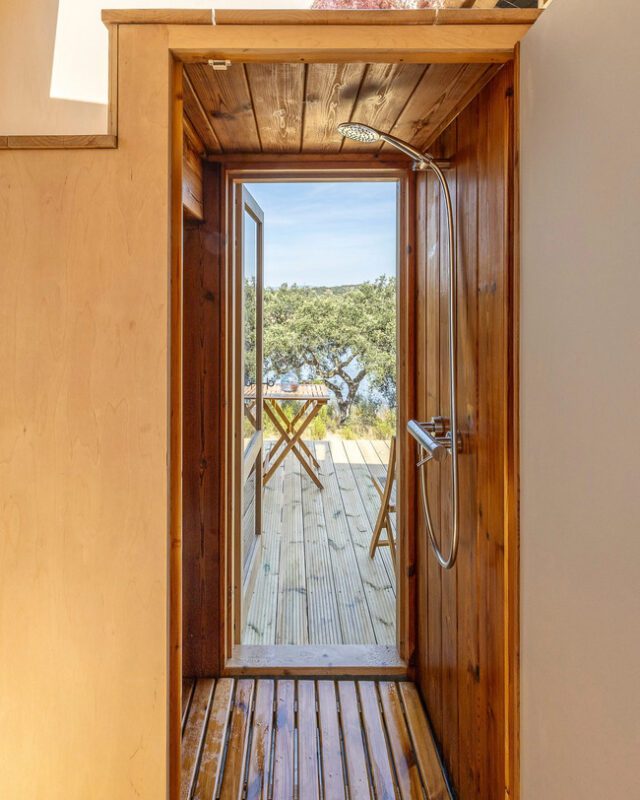
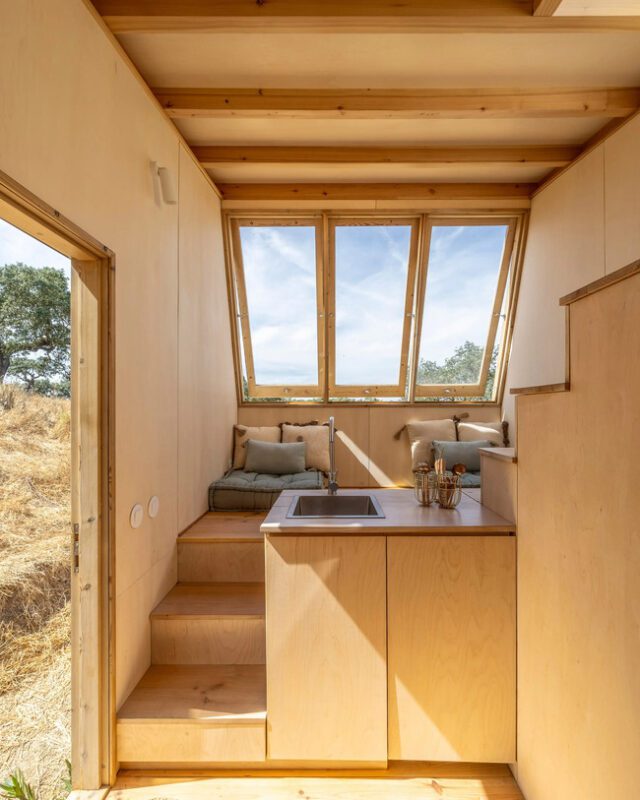
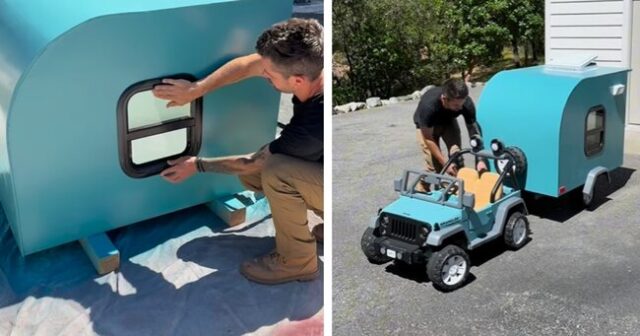
Mason Smith, affectionately known as thedadsocial, has captured the hearts of millions with his thoughtful and creative projects, shared with his over 3.8 million TikTok followers and nearly 3.5 million Instagram followers. Smith’s content is celebrated as a refreshing display of healthy masculinity and exemplary parenting. His latest project—a charming, child-sized camper—has particularly resonated with his audience. Inspired by his daughters, Continue reading “Loving Dad Builds Adorable Child-Sized Camper for His Daughters” »

The fashion and textile industries contribute approximately 10% of global landfill waste, with much of this waste being non-recyclable. Synthetic textiles such as polyester, spandex, and nylon are particularly problematic because they release microplastics into the environment and are not easily processed by standard recycling facilities. While there are existing methods to recycle these materials, the challenge intensifies when they are blended with natural fibers like Continue reading “A Polyester-Dissolving Process Could Make Modern Clothing Recyclable” »
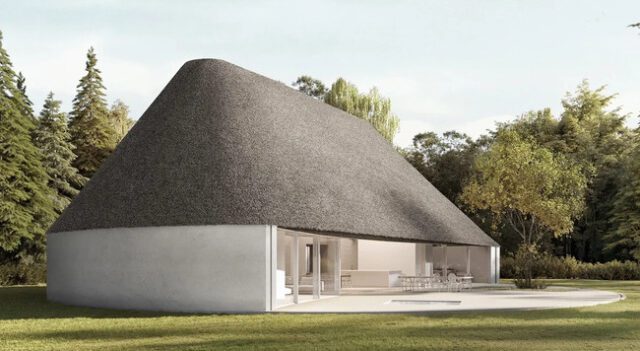
The Open House, designed by KWK Promes, is a unique German residence that masterfully balances openness with privacy. Situated near Bremen, this innovative home allows its occupants to fully engage with the surrounding natural landscape while providing a mechanism to shut off from the world when necessary. The house features movable walls that can be adjusted with the flick of a switch, offering the flexibility to either open up to the forested surroundings or close off for privacy during social and sporting events that frequently draw visitors to the area. These long, curving walls are mounted on small wheels and operated by an electric motor, exemplifying a seamless blend of architectural ingenuity and practical functionality.
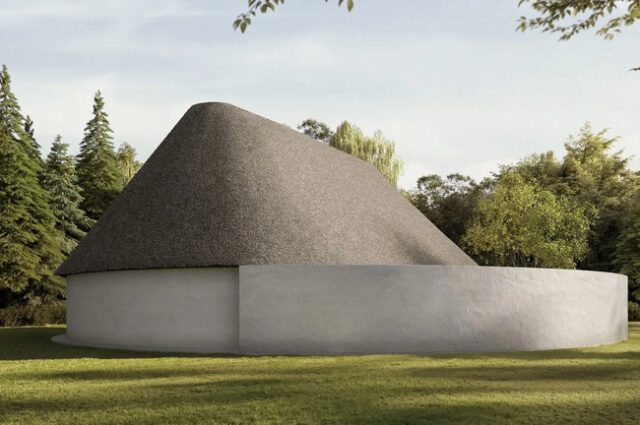
The strategic design of the Open House ensures that the residence remains integrated with its environment while accommodating the dynamic nature of its location. As KWK Promes explains, the house is located at the edge of a village, adjacent to a forest, which normally provides a quiet, secluded atmosphere. However, during sports events, the area becomes bustling with activity, necessitating the need for temporary closure without disrupting the natural flow of wildlife. The home spans nearly 2700 sq ft and includes two bedrooms, a living room, a mezzanine, a kitchen, and bathrooms, all within an open layout that features extensive glazing to enhance the connection to nature. The design is influenced by local architectural traditions, featuring whitewashed walls and a thatched reed roof with custom openings for improved ventilation. Solar panels power the home, ensuring an eco-friendly energy source, though the exact capacity of these panels remains unspecified.
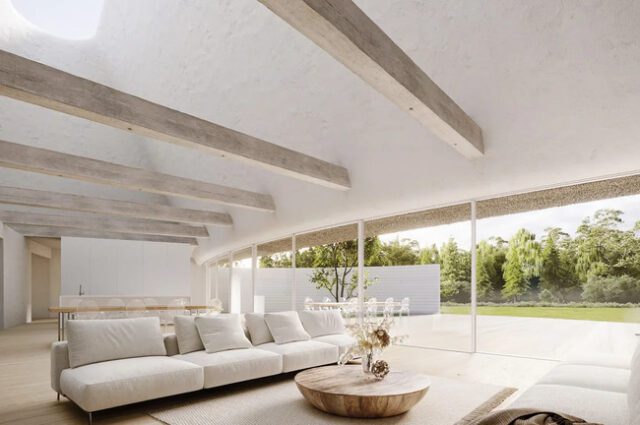
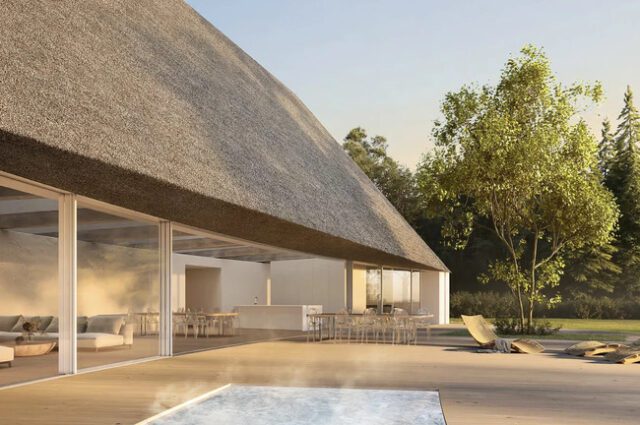
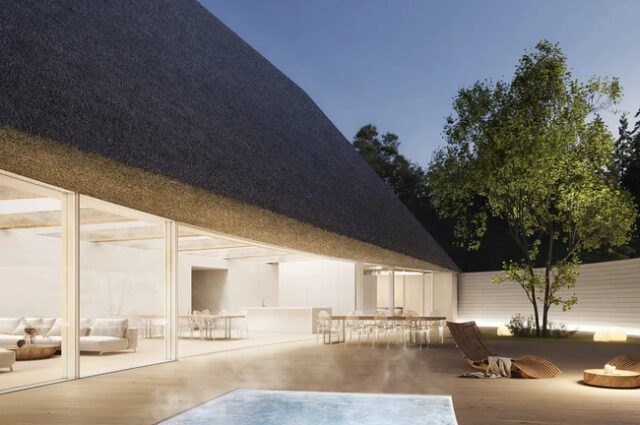
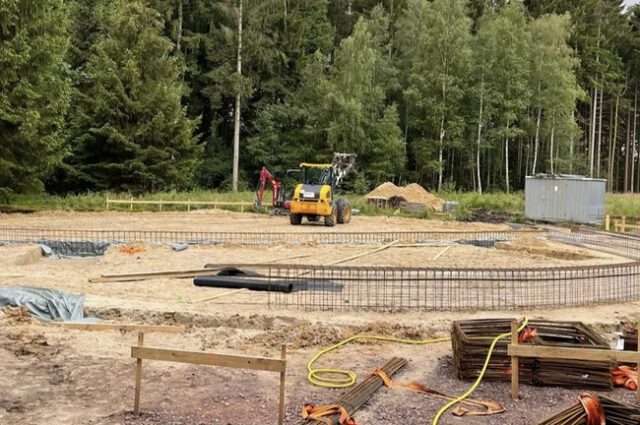

Tried and tested by the some of the best outdoor adventurers, Kent Survival and Simon a Bloke in the Woods, it is loved by so many. This is a great bit of kit when you start that journey into outdoor cooking. Continue reading “The Original Grill Mini Fire Anchor” »

The Internet’s Favorite Sourdough Starter!
This diabolical starter traces its roots back to the San Francisco gold rush (really!!) but has been living and mingling with Kensington Markets eclectic denizens for the past several years, and has now mutated into its own beast! it’s been in continuous use since 1850! Continue reading “150 year old San Francisco Sourdough Starter” »









































